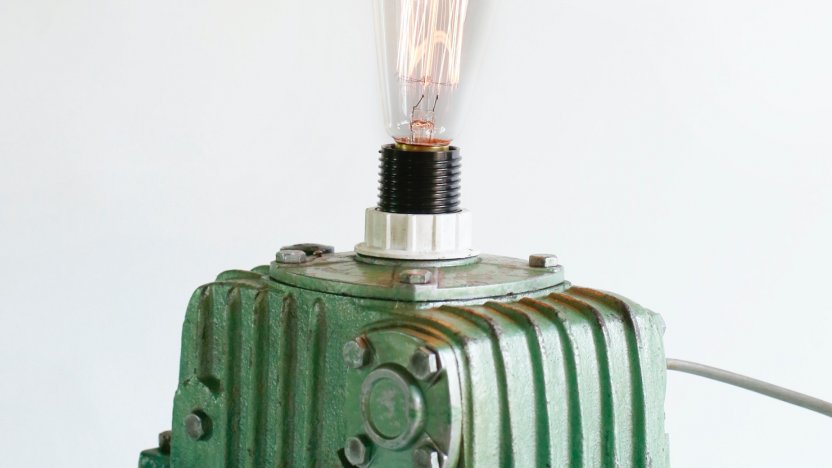Artificial intelligence and patents: Are AI innovations eligible for protection in the EU?

Patents to protect innovation are applied for and owned only by their ‘human’ inventor, so what happens if a product is produced entirely and autonomously by a highly advanced computer? This question has been at the heart of a number of proceedings before patent offices around the world, including the EPO, as Volha Parfenchyk explains.
On 5 July 2022, the Legal Board of Appeal of the European Patent Office (EPO) issued its long-awaited written decision in the “DABUS case” (J 8/20). This case revolved around the question of whether artificial intelligence (AI) can be designated an inventor in a patent application.
Artificial intelligence and patents: The rise of the computer ‘inventor’
In 2018, Stephen L Thaler filed two patent applications at the EPO, neither of which contained the name of an inventor. When the Receiving Section of the EPO requested an inventor designation, Thaler submitted the requested documents and indicated that DABUS, “a particular type of connectionist artificial intelligence” autonomously generated the invention and was, therefore, the inventor. Thaler, being the owner of the DABUS, was in turn “the successor in title”.
The EPO Receiving Section rejected both applications on the grounds that only a human person could be designated as inventor, as per the European Patent Convention (EPC). Similarly, it found that Thaler could not be designated as “the successor in title” because machines do not have rights and cannot transfer or assign them therefore. Thaler appealed the decision.
DABUS: The decision of the EPO’s Legal Board of Appeal
The EPO’s Legal Board of Appeal announced its decision on 21 December 2021, with the full written version published on 5 July 2022. In it, the Board dismissed Thaler’s appeal, confirming that under the EPC an inventor designated in a patent application must be a human person with legal rights. That only a human person could be an inventor, according to the court, was not merely “an assumption on which the EPC was drafted”. It was in fact “the ordinary meaning of the word inventor”, in particular as illustrated in the definitions of the term “inventor” in two English dictionaries.
According to the Board, this “ordinary meaning of the word” was further translated into the text of the EPC. For example, article 60(2) EPC on the right to a European patent referred only to “persons” as inventors: “If two or more persons have made an invention independently of each other, the right to a European patent therefore shall belong to the person whose European patent application has the earliest date of filing, provided that this first application has been published.”
Other articles of the EPC as well as the older texts of the EPC similarly vested rights to a patent in a person with legal capacity. This conclusion was for the court direct and unambiguous and further analysis, for example, the study of travaux preparatoires of the EPC, was therefore not necessary.
What does this mean for AI-based inventions?
The ruling has consequences for patent applications for inventions made fully or in part by AI. Here, the Board stated first that it was not aware of any case law which would prevent the owner of the computer to designate themselves as the inventor. If the applicant wished to acknowledge the contribution of the computer, they were free to do this in the application. Secondly, the Board stated that, in the absence of clarity, it is up to the legislator (and not the Board of Appeal) to assess the situation and amend the EPC. While different solutions could be proposed by an applicant, it is not up to the Board to evaluate and choose between them.
Artificial intelligence and patents: Is the law out of touch with technological advances?
Whether or not the current patent law system has become obsolete in the face of new technological developments is an ongoing topic of discussion. In the DABUS ruling, the EPO Legal Board of Appeal concluded that the current patent law system can manage new technological developments. However, it also added an important side note. If a conflict does exist and the EPC does not take sufficient account of the nature of the invention, it is not up to the EPO Legal Board of Appeal, the judicial body of the EPO, to solve the problem, as mentioned above, but rather up to the legislator. We will of course keep you informed of any developments in this area.
Volha Parfenchyk works in Novagraaf’s Knowledge Management department. She is based in Amsterdam.